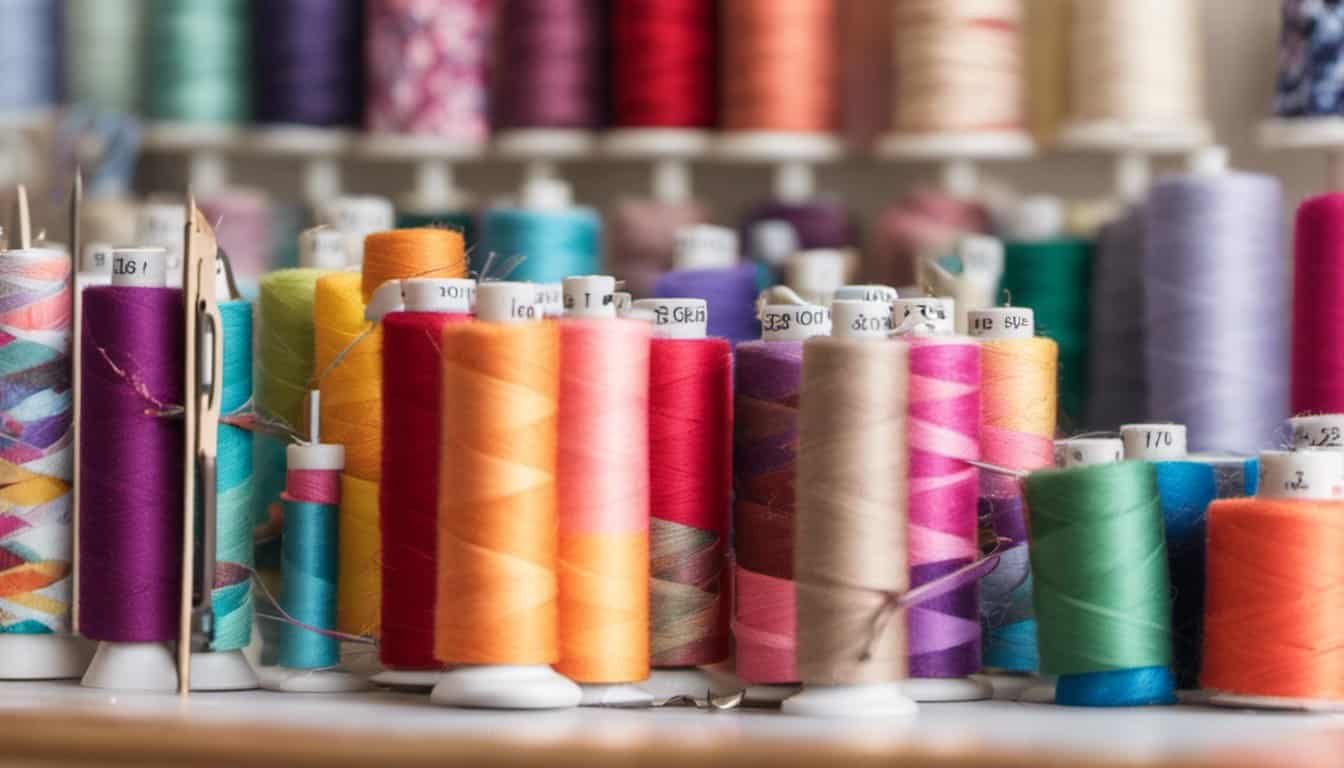Ever felt limited by not having a serger in your sewing toolkit? I totally get it. Overlock stitches can add that professional touch to your projects, but investing in a serger isn’t always feasible.
The good news is, you can achieve similar results using a regular sewing machine. With a few tweaks and the right techniques, I’ve discovered how to make overlock stitches work without breaking the bank. Let me share some tips and tricks that will elevate your sewing game and give your garments a polished finish.
Understanding Overlock Stitches
In my sewing journey, overlock stitches have become indispensable. They provide clean seams and prevent fabric fraying without the need for a serger.
What Is An Overlock Stitch?
An overlock stitch secures fabric edges while trimming excess material. It uses multiple threads to create a strong, flexible seam. Common types include:
- Three-Thread Overlock: Ideal for basic seam finishing and edge stabilization.
- Four-Thread Overlock: Offers additional strength and a more polished finish.
- Rolled Hem: Perfect for lightweight fabrics, giving a barely-there edge.
Benefits Of Using Overlock Stitches
- Clean Finish: Achieves a professional appearance for your seams.
- Fray Prevention: Seals fabric edges to stop fraying effectively.
- Time Efficiency: Finishes seams quickly compared to manual methods.
- Versatility: Works with various fabric types and project sizes.
- Durability: Creates strong seams that withstand wear and tear.
Alternatives To Using A Serger
If you don’t have a serger, you can still create clean, professional seams using your regular sewing machine. Here are two effective methods:
Using A Regular Sewing Machine
I leverage my sewing machine to mimic serger stitches by following these steps:
- Select a Stretch or Narrow Zigzag Stitch: These stitches provide flexibility and strength similar to overlock seams.
- Adjust Stitch Width and Length: Set the width to 1-2 mm and the length to 2.5-3 mm for optimal performance.
- Use All-Purpose Thread: Choose a durable polyester thread to ensure strong, long-lasting seams.
- Finish Seam Edges: Utilize pinking shears or a serger foot to minimize fraying, giving your garments a polished finish.
Employing Zigzag Stitches
- Choose a Narrow Zigzag Setting: Set your machine to a zigzag width of about 1 mm to closely replicate overlock stitches.
- Stabilize the Fabric: Pin your fabric layers firmly to prevent puckering and ensure even stitching.
- Guide Fabric Evenly: Move the fabric smoothly through the machine to maintain consistent stitch placement.
- Reinforce Seams: Sew multiple passes over the seam area to enhance durability and prevent fraying.
Step-By-Step Guide
I can show you how to achieve an overlock stitch without a serger. Follow these steps for clean, professional seams.
Preparing Your Fabric
I start by cutting fabric accurately using sharp scissors or a rotary cutter. Straight edges prevent fraying and ensure neat seams. Next, I press the seams with an iron to smooth fabric layers before stitching.
Setting Up Your Sewing Machine
I select a narrow zigzag stitch on my machine. I set the stitch width to 3 mm and the length to 2.5 mm. I use high-quality all-purpose thread for durability. I replace the needle with one suited to my fabric type to avoid skipped stitches.
Executing The Overlock Stitch
I guide the fabric through the machine, keeping edges aligned. I sew close to the edge to mimic an overlock finish. I backstitch at the start and end to secure the seam. Finally, I press the stitch open with an iron for a professional look.
Tips And Tricks
Mastering overlock stitches without a serger involves a few key strategies. Here are some tips to help you achieve professional results.
Choosing The Right Thread
Selecting the appropriate thread ensures strong, clean seams. I use polyester or all-purpose threads because they offer durability and flexibility across various fabrics. For lightweight materials, I opt for finer threads to prevent bulkiness. Matching thread weight to fabric type minimizes tension issues and reduces the risk of skipped stitches. Additionally, using color-matched threads enhances the seam’s invisibility, providing a polished finish.
Preventing Common Issues
Avoid common stitching problems by following these practices. I always test stitch settings on scrap fabric to fine-tune tension and width. Keeping the fabric edges aligned prevents puckering and uneven seams. Using a walking foot helps guide multiple fabric layers smoothly, reducing fabric shifting. If seams weaken, I reinforce them with backstitches at the beginning and end. Regularly cleaning the machine ensures smooth operation and minimizes the chance of thread breaks or mechanical issues.
Conclusion
Exploring alternatives to a serger has truly expanded my sewing horizons. Discovering how a regular sewing machine can deliver clean, professional seams has been a game changer. Embracing these techniques not only saves money but also boosts my confidence in tackling diverse projects. Every stitch now feels more intentional and polished, proving that with the right approach, great results are always within reach. I’m excited to continue experimenting and refining my skills, knowing that a serger isn’t the only path to achieving beautiful finishes. Happy sewing!


















